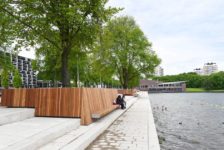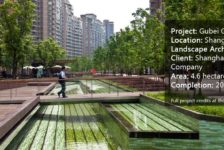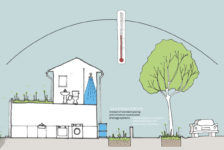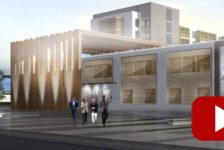In landscape architecture or architecture itself, major concepts often come in small packages. A little detail can make the base of a whole project; it is often these elements that make a building stand out or have a unique character which improves its overall look and function. One of these elements can definitely be represented by grass or green roofs, and though this may seem like another new feature for houses in the flooding wave of the eco trend, grass roofs are actually a very old invention, dating from many centuries back. Grass or sod roofs, as they can also be called, were used by the Vikings in most of Scotland and Ireland, and though this particular architectural design may be a feature of the northern, cold bearing civilizations, its use was quite motivated even from those times and has been developed further to this day.
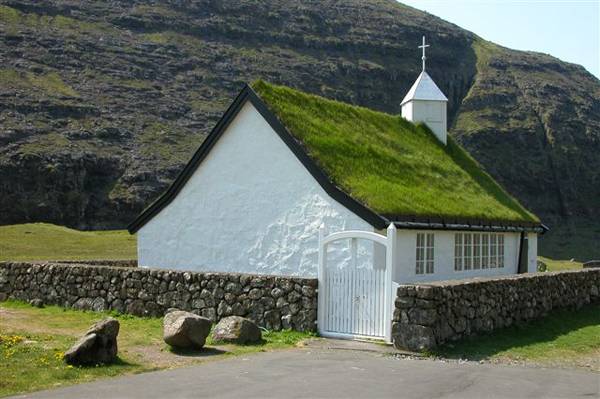
Green roof at Church of Saksun. Credit: CC BY-SA 3.0 Katso Käyttöehdot
There are a lot of reasons why grass roofs are still around today and becoming a popular element in more and more homes. Just think of the people living up north; exactly, it’s cold! Green roofs, whether they are from grass or different plants make a perfect natural insulation element for your home roof, keeping the cold out in winter and maintaining a cool atmosphere in summer, in case your house isn’t in a chilly country.
Not to mention that it may be a lot cheaper than other products and it cuts your bills! If your dwelling is saved from the cold, but drenched every day in rain, you may want to consider installing such a grass roof as it is a very efficient rain water absorbent, in addition to regulating its temperature and filtering it in case of quantity overflow; so, in case your area has lots of rain fall, a grass roof may improve your rain stats, especially if you have a flat roof.
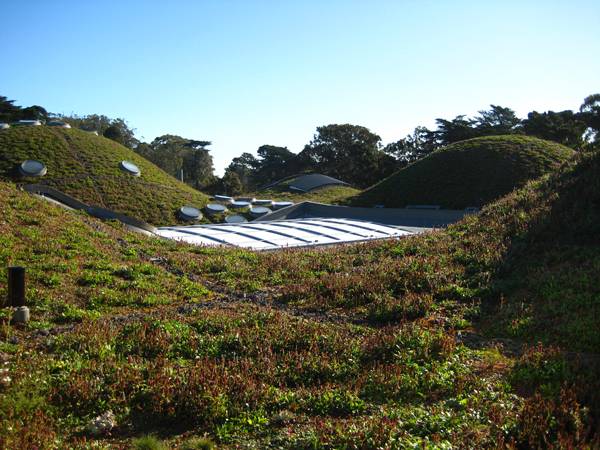
The California Academy of Sciences in San Francisco. Credit: CC BY-SA 3.0
Marlith – Eigenes Werk
Even
Chicago City Hall has been taking into the trend of green roofs, creating a delightful but very practical environment on their main building.
In such a big and crowded city as Chicago, the natural roof can also prove to be a great sound insulator, keeping the employees undisturbed by the sound of traffic and big city life. This can also apply to private homes that are situated in crowded areas.
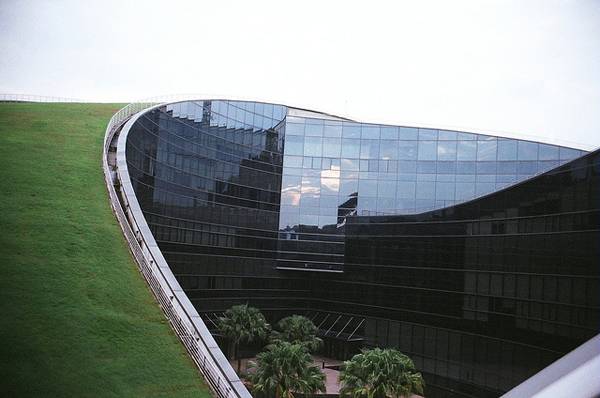
School of Art, Design and Media at Nanyang Technological University, Singapore. Credit: CC BY-SA 2.0, Jin Guan KOH
Big city life also implies other disadvantages like pollution; it is a known fact that plants and greenery in general help reduce the levels of artificial pollutants and even filter them and high levels of carbon dioxide from the surrounding area.
Grass roofs on industrial or public buildings are an added bonus to the environment, and in residential areas insure that you create the best conditions for you and your family.
Biodiversity Plants can make a lot of difference to an environment if used correctly.
Not only is it beneficial for people’s health and mood but it also helps the local wildlife. The green roofs can become little ecosystems for insects, local plants and even animals, if the conditions are right.
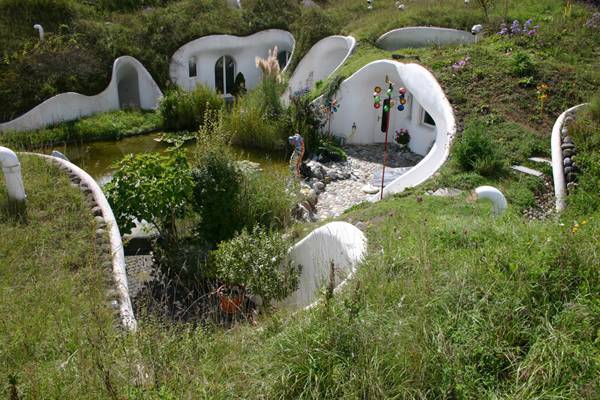
Nine Houses, Dietikon, Switzerland.Credit: Listed under CC
However, green roofs are not without their drawbacks.
Cost is perhaps the most prohibiting factor, in terms of installation and maintenance. Another problem is plant failure on a green roof, which can affect the overall performance, although this is usually down to bad design.
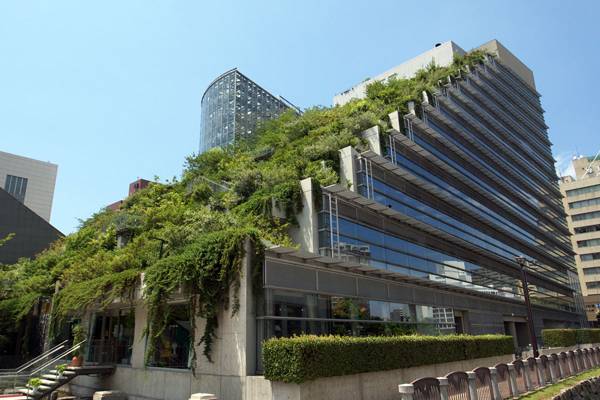
Fukuoka building with Roof garden, in Fukuoka city, Japan. Credit: CC BY-SA 3.0
Pontafon — Photo created by Pontafon
A natural grass covering is also beneficial for the building itself because it increases the lifespan of the roof by protecting it efficiently against the elements.
An intriguing thing about having your own green roof is that you can actually save money; because in some countries or states there are tax reductions for installing such a roof and if at any point you plan to sell your home, the unique roof will increase its market value. So really, you should have a grass roof if you want to be more eco-friendly, healthier and happier. Just make sure that you do your research into proper types and installers so that you choose the best option for your ideal green roof! Green roofs have come a long way; from being a common element in the Scandinavian countryside, to a worldwide design fad to a symbol of commitment to sustainability in cities around the world.
With exacerbating effects from climate change and the role of green roofs in mitigation, the grass on grass roof won’t be disappearing anytime soon! Recommended reading: The Professional Design Guide to Green Roofs by Mindy Pantiel
Article written by Oana Anghelache
RETURN TO HOME PAGE Featured image: The California Academy of Sciences in San Francisco. Credit: CC BY-SA 3.0 Marlith – Eigenes Werk
This article was originally submitted to Landscape Architects Network
Published in Blog






